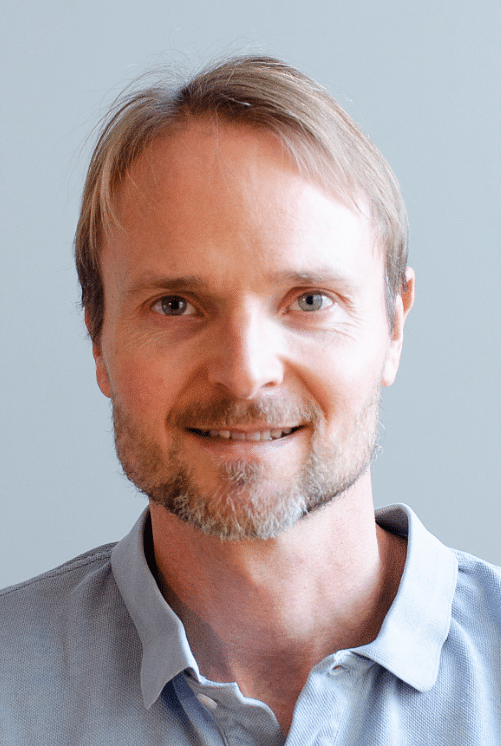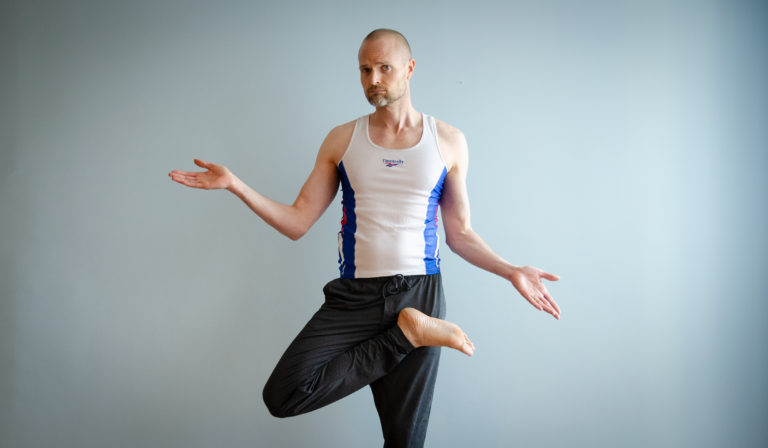Satyananda Yoga or Bihar Yoga is the most prominent yoga school in northern India. It is a modern yoga style, yet firmly rooted in the yogic tradition. Satyananda Yoga offers a complete and coherent system of practices that makes it possible to explore yoga in depth. This article will explain everything you need to know about the Satyananda method and what it is that makes it so powerful.
The origins of Satyananda Yoga
Satyananda Yoga got its name after its founder, the Indian yogi Swami Satyananda. He was a disciple of one of the yoga giants of the last century, Swami Sivananda. For twelve years, between 1943 and 1956, he trained under Sivananda’s guidance in Rishikesh. Then, having completed his training, Satyananda travelled through India for seven years as a spiritual mendicant.
People also call this tradition Bihar Yoga because this is the name of the state in which it has its headquarters. The official name is the Bihar School of Yoga and Satyananda founded it in 1964 in Munger. He chose this location to settle down when his years as a travelling monk had ended. Bihar is the most impoverished state in India and seemingly not an ideal place for a yoga centre.
Satyananda yoga differs from Sivananda’s yoga in many ways. Though Satyananda based his yoga on Sivananda’s teachings, he incorporated knowledge and methods from numerous yoga masters he met while travelling India. Influences that have shaped Bihar Yoga include, for instance, tantric yoga, raja yoga and medieval hatha yoga. Furthermore, you find traits of Advaita Vedanta and even Ayurvedic methods. Swami Satyananda was able to modernise ancient yogic techniques and rituals and make them useful for present-day practitioners.
The Saraswati family
Swami Sivananda and Swami Satyananda were part of the order of the ten names, Dashanami Sampradaya. This order of Swamis has kept the knowledge of hatha yoga alive since its heydays a thousand years ago. It consists of ten yogic families. The family of Sivananda and his disciples is the Saraswati family. Hence, you could say that Saraswati is their spiritual surname.
Swami Sivananda had several prominent disciples. The best known one is Swami Vishnudevananda, who founded Sivananda centres worldwide. Other notable students are Swami Satchidananda who was active in the United States and Swami Chidananda and Swami Krishnananda who took over Sivananda’s organisation in India after his death.
A wealth of physical yoga practices
When it comes to yoga poses, Satyananda Yoga offers a wide variety. Firstly, there are practices based on gentle movements that stimulate the joints and energy flows. These exercises are called pawanamuktasana and shakti bandha exercises. They are light and accessible, and you do many of them sitting. Furthermore, there are dynamic standing yoga poses that are prominent in modern yoga.
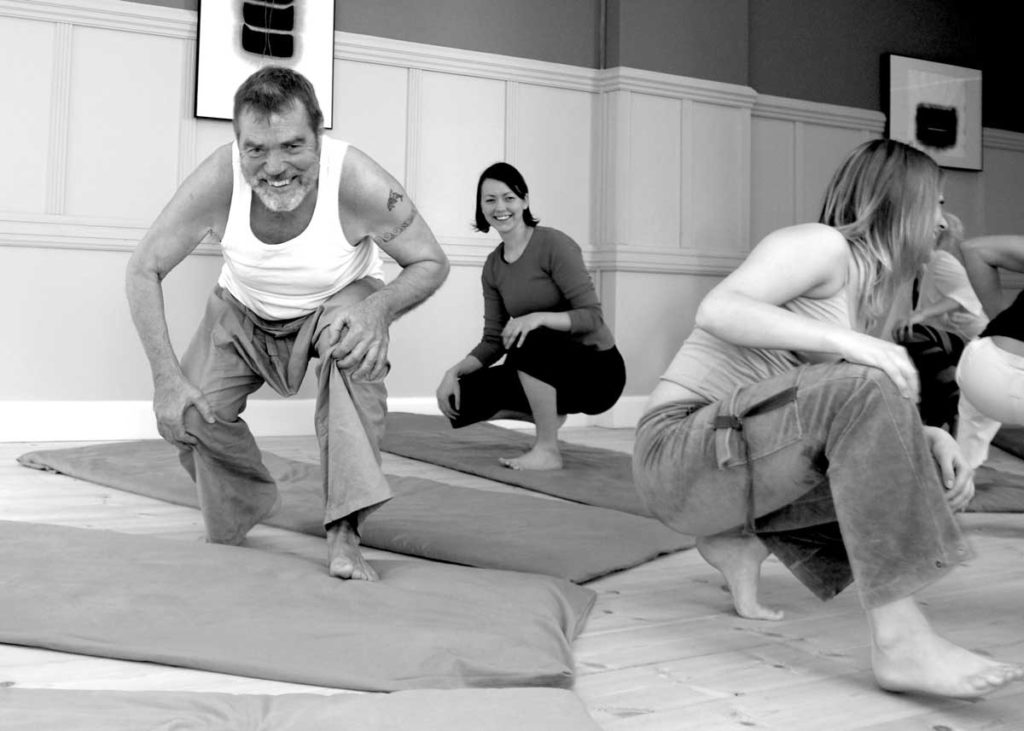
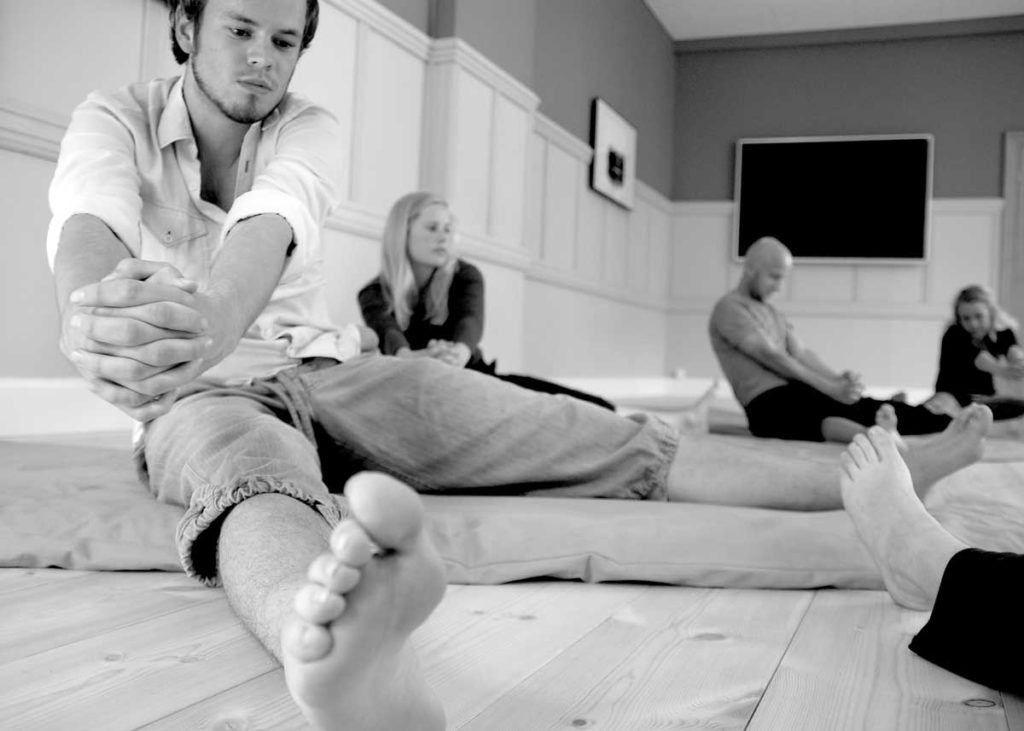

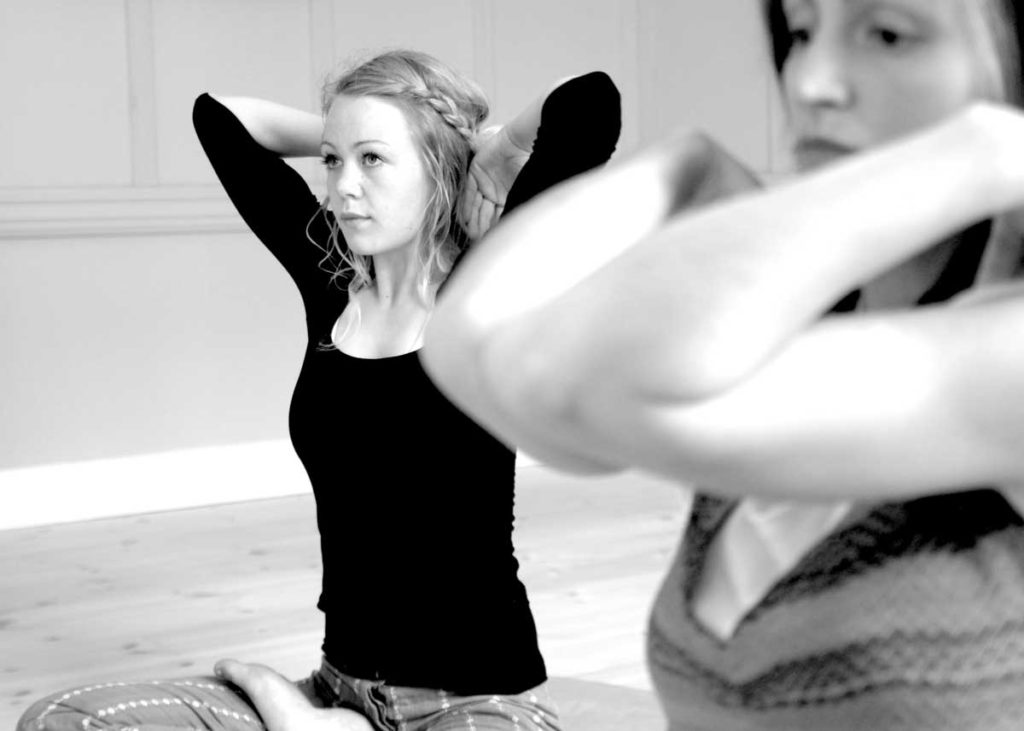
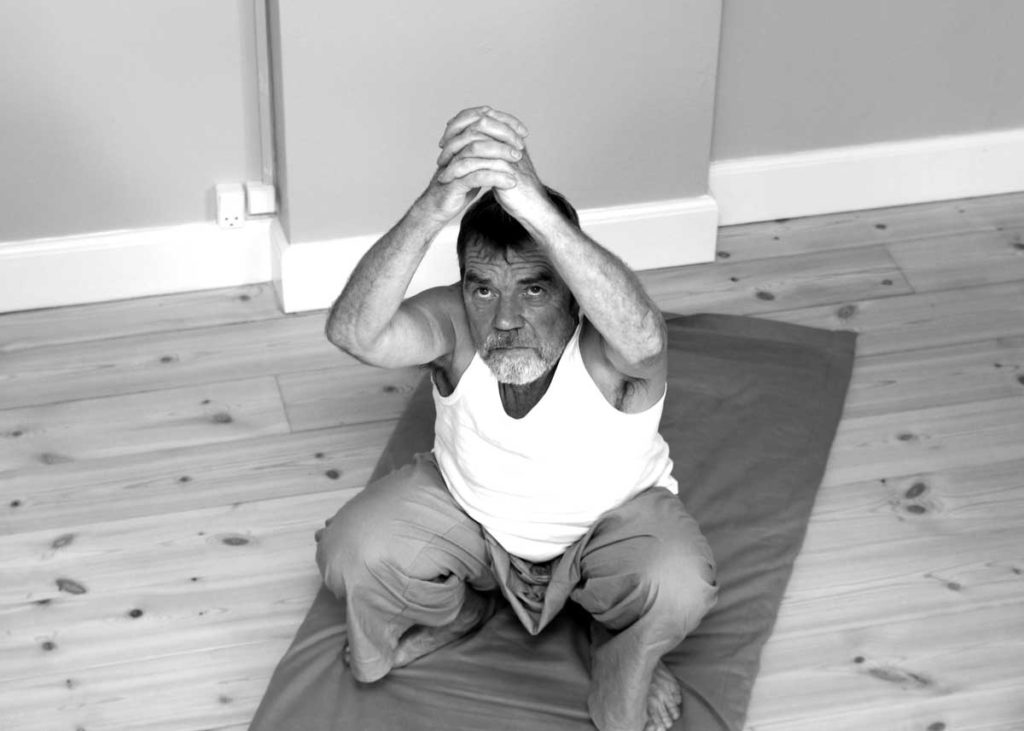
Additionally, for more experienced practitioners, there is an emphasis on classical static asana practice. That means that you hold your yoga pose for several minutes. As you rest in your pose, you will often concentrate on your breath, your body, or an energy centre, also known as a chakra.
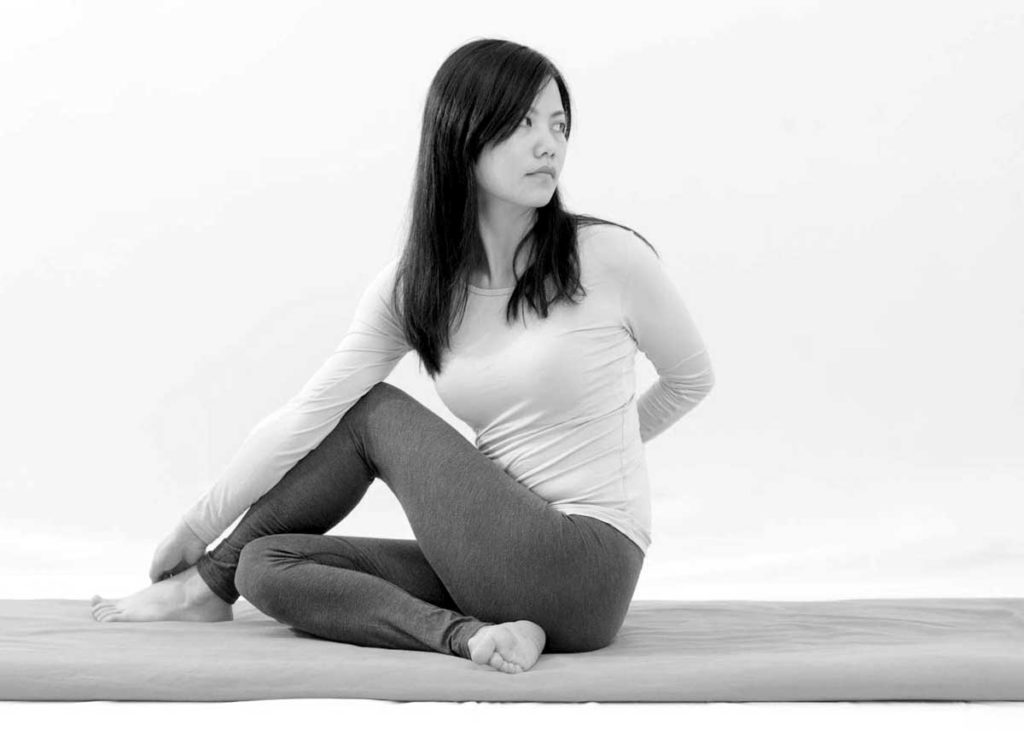
Satyananda yoga promotes a calm and meditative practice of yoga poses. The reason for this is that when you involve your attention, the impact of your postural training becomes much more profound. To sum up, postures are not seen primarily as physical exercises but as a means to touch your being’s deeper layers. At the same time, it is a preparation for even more subtle practices.
Physical cleansing practices
In Bihar Yoga, physical practices don’t begin with yoga poses (asana). Instead, there are initial cleansing practices (shat karma) such as nose cleansing (neti), and intestinal cleaning (shankhaprakshalana). Shat karma are standard practices in traditional Indian yoga. They are excellent for improving overall health.
Satyananda Yoga fully embraces pranayama
Pranayamas are the yogic breathing exercises. Most yoga styles are reluctant to teach pranayama. By contrast, Satyananda Yoga embraces them fully. The entire range of classical pranayamas is routinely taught both in city classes and on residential retreats. In ancient yoga, pranayama was even more crucial than poses. In Bihar style yoga, pranayama has preserved its prominent place.
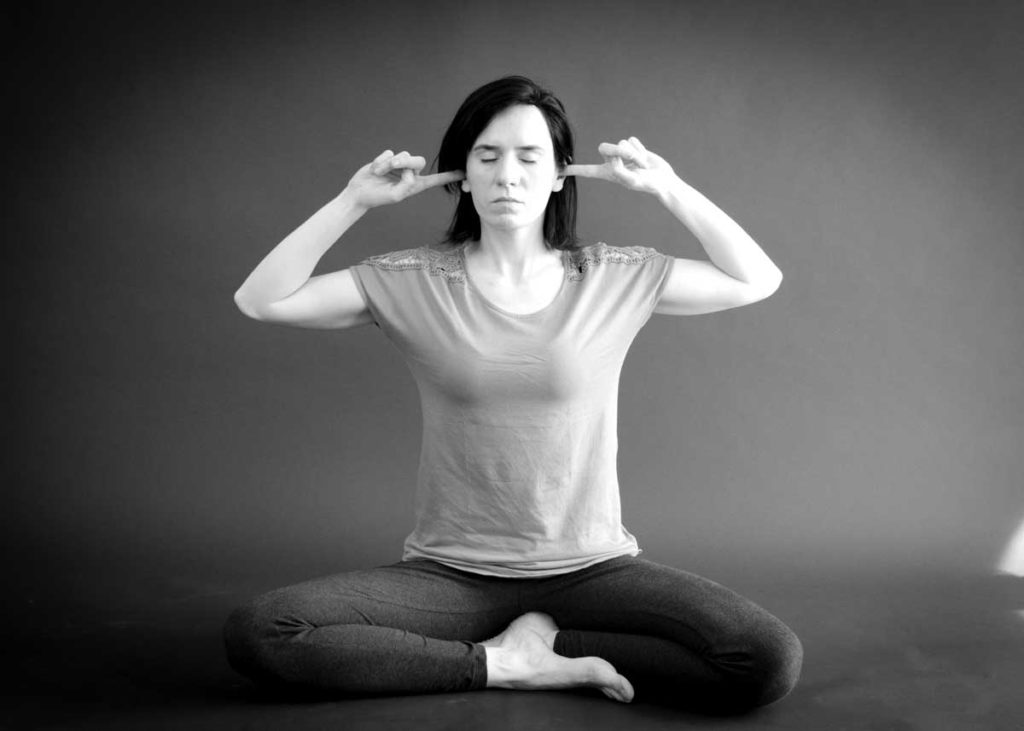
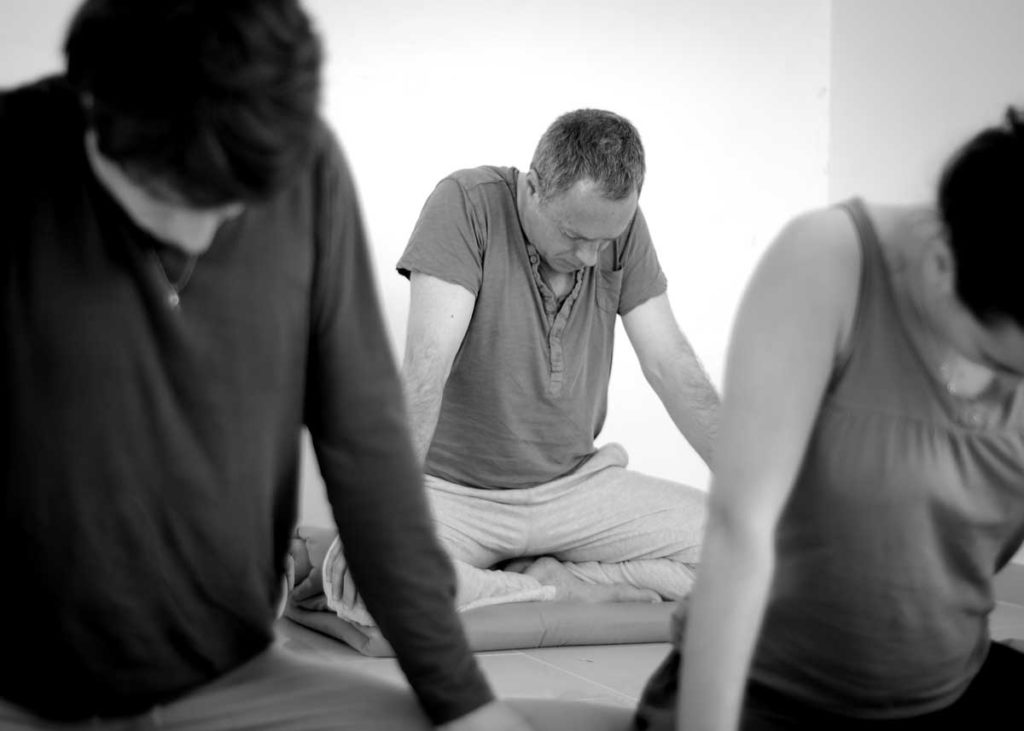
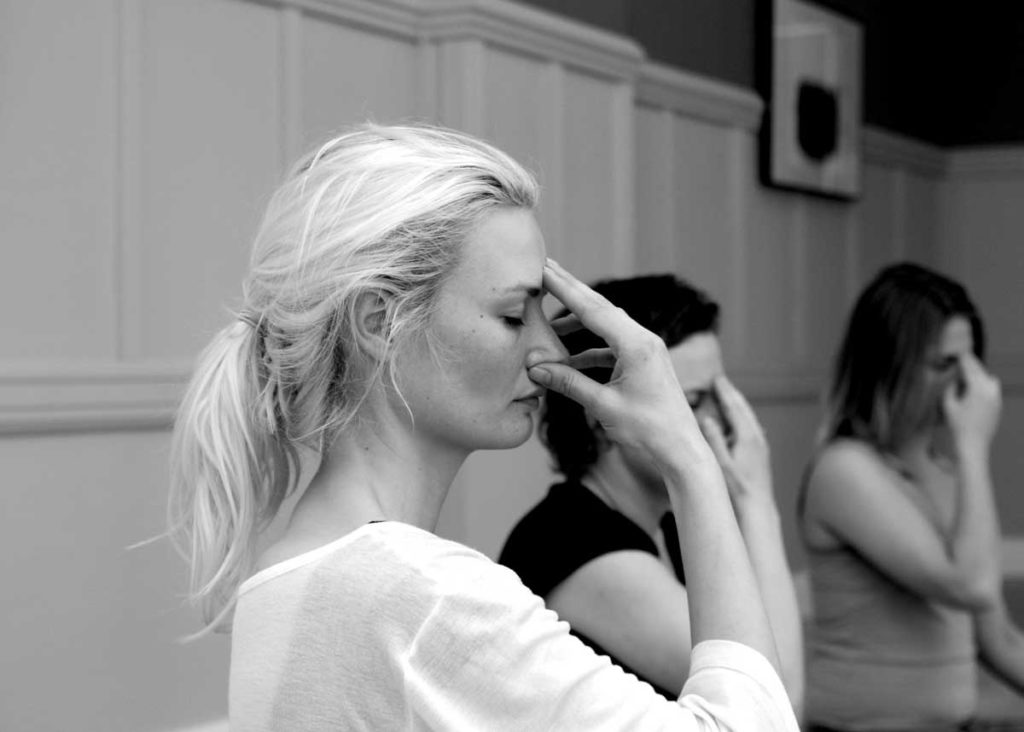
Pranayama takes yoga a step further, and bridges yoga poses with more profound practices. They directly influence your nervous system and induce a meditative state. Yogic breathing exercises also purify your energy channels and make the flow of energy (prana) more abundant.
Swami Satyananda taught several advanced practices based on a pranayama technique called Ujjayi or the psychic breath. The healing method Prana Vidya is one such method; another one is Kriya Yoga that I will come back to later.
Mudras and bandhas
Energetic locks and seals are standard components of old-school hatha yoga. They are potent methods that raise your energy. In Satyananda style yoga, these practices get the attention they deserve. You practice them as independent techniques and in combination with breathing exercises.
Satyananda Yoga is the source of Yoga Nidra
Swami Satyananda is famous for the deep relaxation Yoga Nidra. It is a meditative relaxation method that he created himself. It builds on ancient yogic techniques with elements from modern western relaxation methods. Many contemporary yoga styles teach relaxation that is based on or inspired by Swami Satyananda’s creation.
You practice Yoga Nidra while lying down, following the instructions of a guide or a recording. It includes various ways of focusing on your body and your breath. Moreover, you bring forth images in your mind and concentrate on specific energy centres. The technique trains you to enter a state that lies between sleep and waking. As a result, Yoga Nidra is excellent preparation for meditation. It is particularly potent when you practice it after yoga poses and breathing exercises.
A full-blown Yoga Nidra session lasts three-quarters of an hour. Shorter variations are possible as well. You can practice this relaxation independently or integrate it into a comprehensive session.
Meditation is crucial to traditional yoga
Swami Satyananda excelled in meditation. He mastered a host of rare meditation practices with distinct effects. By combining these complementary methods, he created a system that gives far-reaching results.
One critical ability you train with meditation is to contain any experience without reacting to it. This capacity is vital for yogis since yoga makes you sensitive and opens up your subconscious. The type of meditation that best develops this ability is called open awareness meditation or mindfulness meditation. In Satyananda Yoga, the meditation that serves this purpose is called Antar Mauna. Antar Mauna means inner silence.
Moreover, another skill that meditators need is concentration. In yoga, this skill is called dharana. Several techniques can train your capacity to concentrate—for example, tratak and nada yoga. To do tratak, you look at a candle’s flame, and nada yoga involves focusing on psychic sounds.
In Satyananda Yoga, there are many other meditation practices as well. For example, mantra meditation, mirror meditation and shadow meditation. Besides, there are subtle practices where you sense an inner space in the head or your heart. Another unique method is the concentration on a psychic symbol.
Satyananda Kriya Yoga
Kriya Yoga is the most advanced practice in the Satyananda tradition. It gives you the means to supercharge your energy system by combining certain yoga poses and energy seals (mudras) with breathing techniques, meditations and visualisations.
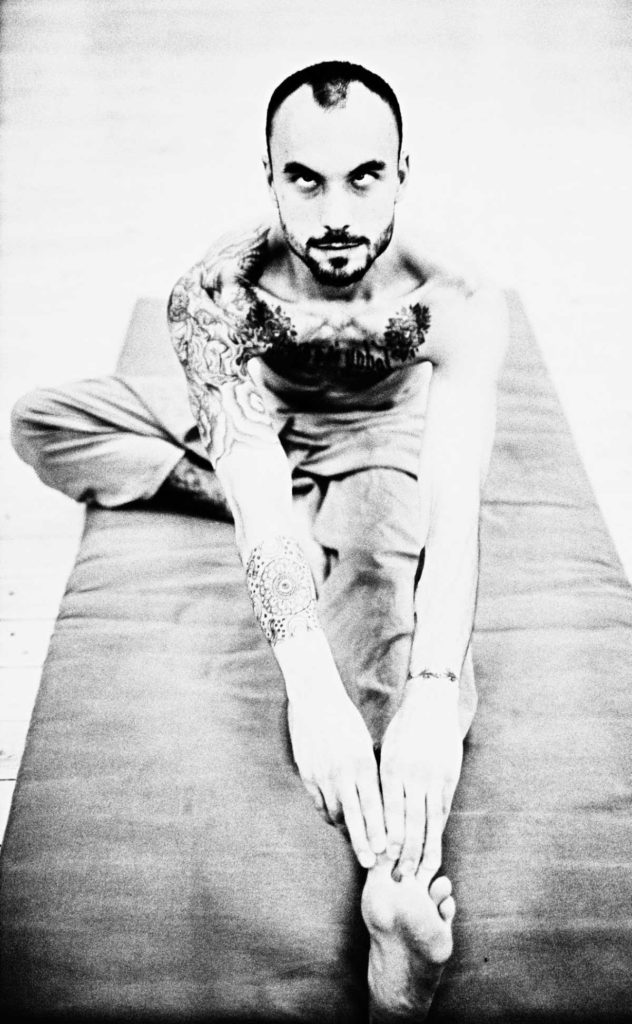
These practices come from ancient tantric traditions and hatha yoga. The word “kriya” means process, and it is a generic term used in various yogic contexts. In this case, it refers to the kundalini processes you perform when you practice.
To benefit from Kriya Yoga, you need to be a confirmed practitioner. You must prepare with other advanced yoga practices and continue using them parallel to Kriya Yoga. Indeed, in Satyananda Yoga, you will find all you need to prepare for Kriya Yoga and sustain it.
When Swami Satyananda taught the Kriyas himself, he did it on residential retreats that lasted for months. Since he stopped teaching Kriya Yoga, its transmission gradually got less rigorous. Today, most Satyananda Yoga teachers no longer have a solid foundation in these techniques.
Complementary techniques give synergies
You have seen that in this yoga style, there are techniques that work on different levels. Some target your physical body—others, your breath, your nervous system and your energy. Yet others work with your mind. The methods of Satyananda Yoga all work together and enhance each other. Consequently, by engaging in them in parallel, you get synergies that make the whole greater than the sum of its parts.
Off mat practices
Bihar Yoga brings yoga into every aspect of your life. Traditional yoga paths, including the yoga of action (karma yoga) and devotional yoga (bhakti yoga), are very present. Therefore, we can say that it is a holistic yoga system.
Karma yoga can help you to rise above self-centeredness. It is about selfless work that you do without being attached to the outcome of your efforts. What matters is appreciating the work itself. Anyone can adopt a karma yoga attitude to everyday tasks. Karma yoga can also be an organised activity in a yoga centre, and some even make it their life purpose.
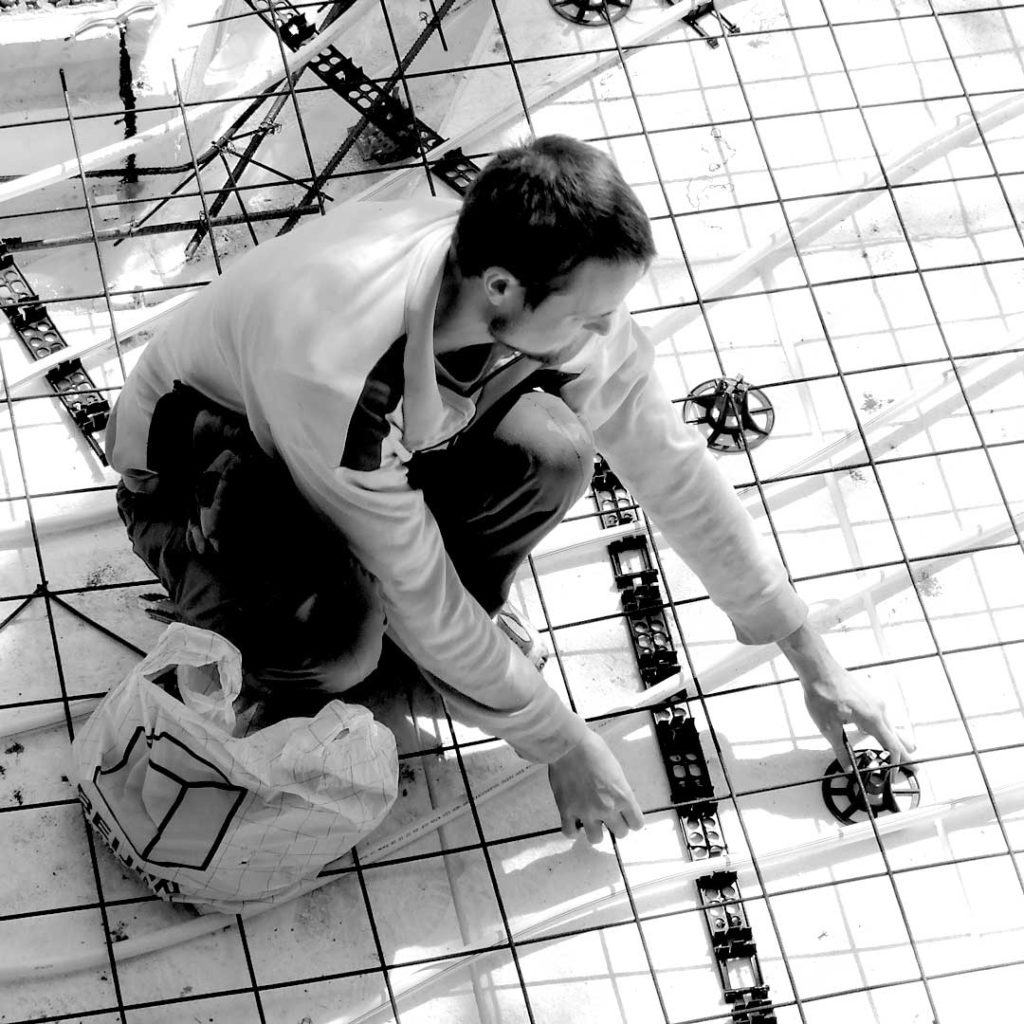
Kirtan is an expression of bhakti-yoga. It is about singing adorations to the divine in its many faces. Typically you sing short mantras that you repeat again and again. Such singing is an easy way to enter a slightly altered state of consciousness. On yoga retreats, kirtan is a common activity.
Mauna or silence is yet another yogic strategy that Satyananda Yoga uses. By not talking for a short or extended period of time, you become more alert and receptive. Also, you give your intellect rest and save energy by not having to defend your points of view.
Influences of Indian culture
Since the Satyananda tradition is an Indian tradition, there are many traits of Indian culture within it. However, you don’t need to adopt Indian customs or beliefs to follow the method. The beauty of yoga is that it is independent of such things.
One eye-catching custom is that adepts of this type of yoga often wear orange clothes. The orange colour comes from the ochre-coloured robes that some orders of Indian sages wear. Some adepts ask to get new names that reflect their yogic path. Changing one’s name can be a powerful way to let go of old identifications. Switching to a name that reflects a quality achieved by yoga might make you think differently of yourself.
Yoga ashrams
In many countries, yoga teachers trained in the Satyananda tradition have set up residential yoga centres (ashrams). In such centres, you can immerse yourself fully into yoga. There are many Satyananda ashrams in India. You can also find them in Australia, Europe and South America.
The biggest ashram is the headquarter in Munger. Today it is run by Swami Niranjanananda who is Swami Satyananda’s successor and chief disciple.
Who can benefit from Satyananda Yoga?
Thanks to its variety, this yoga style is suitable for nearly everyone. Since it can be modified to be highly accessible, elderly and sick can draw great benefits. Simultaneously, the advanced practices appeal to enthusiasts who wish to go far with traditional yogic techniques.
Suppose you feel drawn to a yogic lifestyle with the possibility to live short or long periods in a community dedicated to yoga practice. In that case, this tradition also offers fascinating opportunities. However, if you are into yoga primarily for physical training, you are less likely to appreciate Satyananda Yoga.
Learning Bihar style yoga
You can learn Bihar Yoga in city schools or residential yoga centres. Some mentors, like myself, offer online teaching. Here on Forceful Tranquility, you can learn yoga in this tradition without compromise. I belong to those who favour rigorous practice and exploration of advanced techniques. My online sessions are probably the longest on the internet.
Since Satyananda Yoga is so diverse, the differences among qualified teachers and schools are considerable. They each tend to focus on different aspects of the tradition. The personality and the interest of a particular teacher will influence quite a bit, so find a teacher that resonates with you.
Keep in mind that some of Swami Satyananda’s high profile disciples started their own organisations. For example, that is the case for my teacher, Swami Janakananda, in Sweden. Consequently, such teachers might call their yoga something else while, in essence, they are teaching in the Satyananda tradition.
Should you be attracted to the advanced techniques, remember that there is a learning curve. You will only appreciate the high-level practices if you take the time to build a solid foundation with the preparatory techniques. Even if you have already practised another yoga style, you should arm yourself with patience.
Books on Satyananda Yoga
Swami Satyananda and his disciples have written many books that could offer some learning support. One of them is Asana Pranayama Mudra Bandha, a reference book that describes postures and breathing exercises. Other famous books are Kundalini Tantra and A Systematic Course in the Ancient Tantric Techniques of Yoga and Kriya.
To sum up – Satyananda Yoga is robust and powerful
Now you know what Satyananda Yoga is and what sets it apart from other modern yoga styles. You know that this yoga style includes a whole range of robust methods. They complement each other and give you synergy that allows for in-depth practice. If you want to engage in yoga that harnesses your full power, then this is a method you want to explore.

